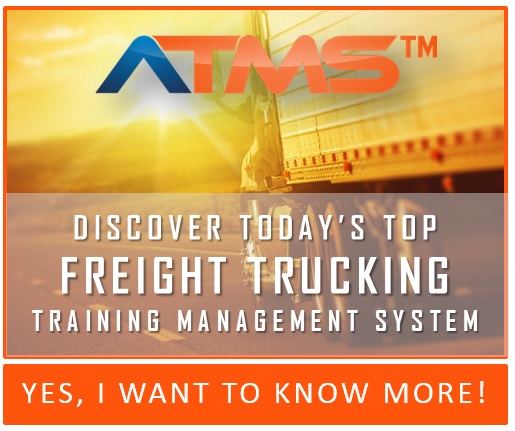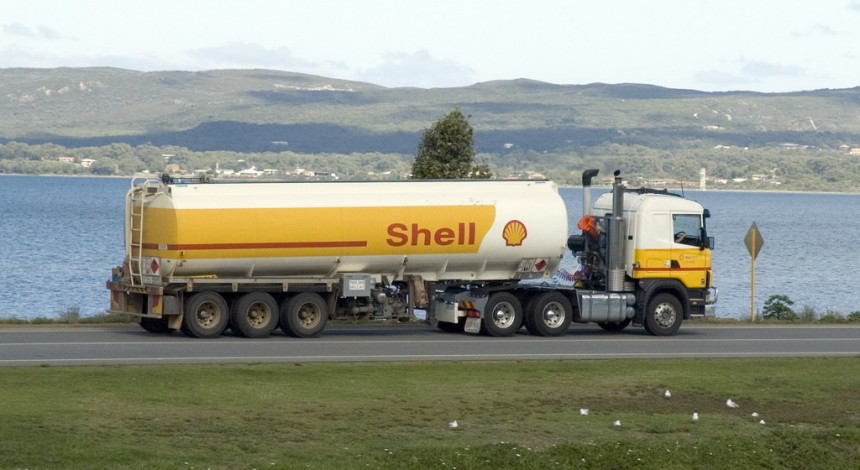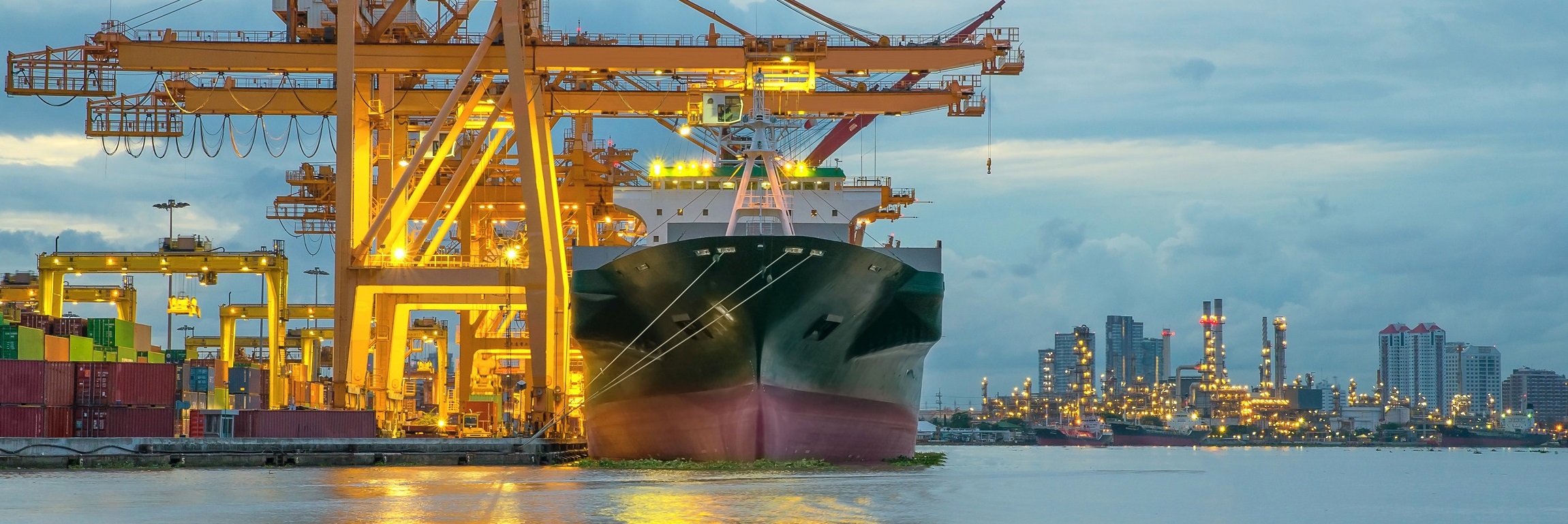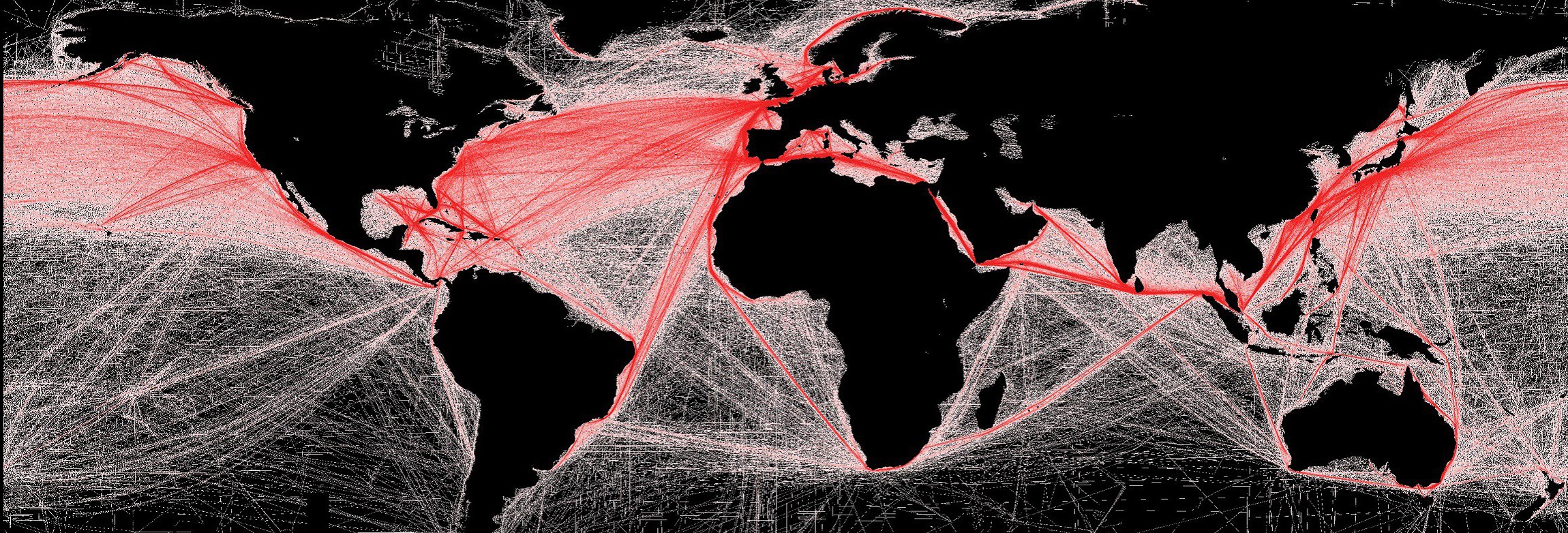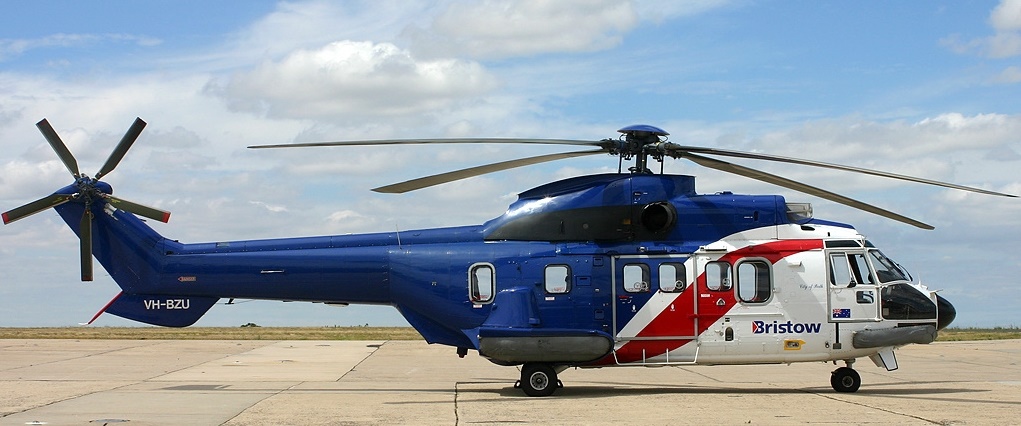Truck Driver Training & Job Categories
Truck Drivers Job Categories
Whether your company is training truck owner operators/owner driver, or company drivers, your truck drivers will be required to complete government highway safety and compliance training. Truck drivers fulfill critical transportation services to communities around the globe by transporting goods and materials over land most frequently to and from manufacturing plants, retail stores and distribution centers. Truck drivers are also responsible for inspecting their vehicles for mechanical items and operational safety.
- Auto haulers work hauling cars on specially built trailers and require specific skills loading and operating this type of specialized trailer.
- Boat haulers work moving boats ranging in size from 10-foot-long (3.0 m) bass boats to full-size yachts up to 60 ft long (18 m) using a specialized low boy trailer that can be set up for each size of boat. Make sure you get moving quotes in CA before you start. Boats wider than 8 feet 6 inches (2.59 m) wide or 13 feet 6 inches (4.11 m) high have to have a permit to move and are an oversize load. You can have a peek at these guys if you are thinking of moving.
- Dry Van drivers haul the majority of goods over highways in large trailers. Contents may be perishable or non perishable goods.
- Dry Bulk Pneumatic drivers haul bulk sand, salt, and cement, among other things. They have specialized trailers that allow them to use pressurized air to unload their product. – Commonly known as Flow Boys among truckers.
- Flat Bed drivers haul an assortment of large bulky items. A few examples are tanks, steel pipes and lumber. Drivers require the ability to balance the load correctly.
- LTL drivers (Location-to-Location) or “less than truck load” are generally more localized delivery jobs where goods are delivered by the driver at multiple locations, sometimes involving the pulling of double or triple trailer combinations.
- Reefer drivers haul refrigerated, temperature sensitive or frozen goods.
- Local drivers work only within the limits of their local areas. These areas may include crossing state lines, but drivers usually return home daily.
- Household Goods drivers, or Bedbuggers haul personal effects for families who are moving from one home to another.
- Regional drivers may work over several states near their homes. They may be away from home for short periods.
- Interstate drivers (otherwise known as “over the road” or “long-haul” drivers) often cover distances of thousands of miles and are away from home for days, weeks or even months on end. For time critical loads, companies may opt to employ team drivers which can cover more miles than a single driver.
- Team drivers are two drivers who take turns driving the same truck in shifts (sometimes husband and wife), or several people in different states that split up the haul (line haul) to keep from being away from home for such long periods.
- Tanker drivers (in truck driver slang tanker yankers “Tankies”) haul liquids, such as gasoline (petrol), diesel fuel, milk, & crude oil, and dry bulk materials, such as plastics, sugar, flour, & cement in tanks. Liquid tanker drivers need special driving skills due to the load balance changing from the liquid movement. This is especially true for food grade tankers, which do not contain any baffles and are a single compartment (due to sanitation requirements). Also fuel oil/petroleum drivers require special certifications.
- Vocational drivers drive a vocational truck such as a tow truck, dump truck, garbage truck, or cement mixer.
- Drayage drivers move cargo containers (aka: piggy backs) which are lifted on or off the chassis, at special intermodal stations.
- Bullrack haul livestock locally around their hometowns, or haul regionally all over the USA. The term bullrack comes from a double deck trailer used strictly to haul cattle.
Source Cited: Wikipedia Commons; Feature Photo Credit: Nachoman-au
